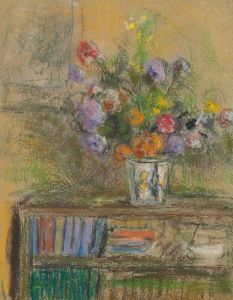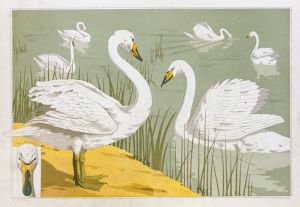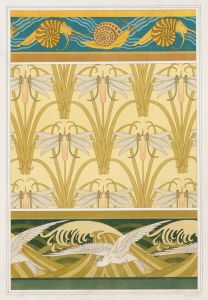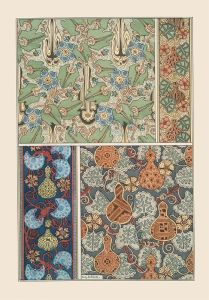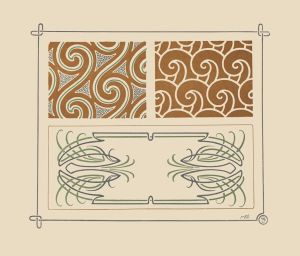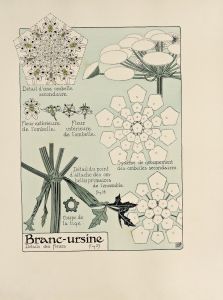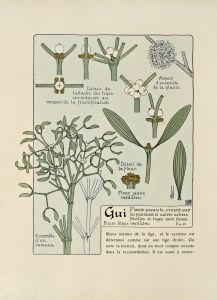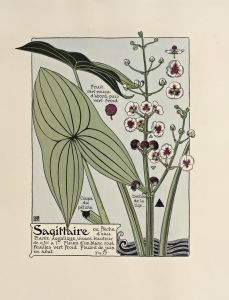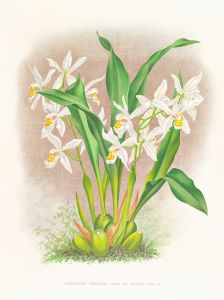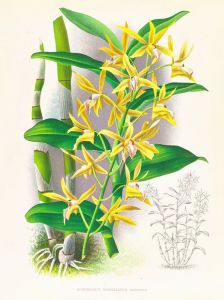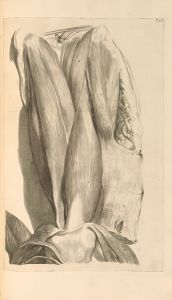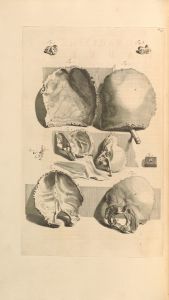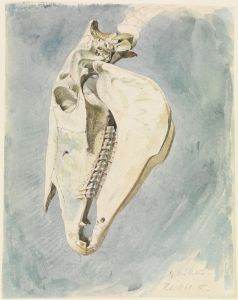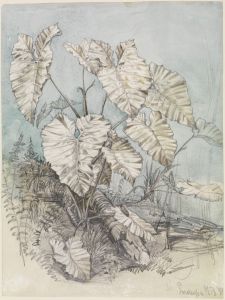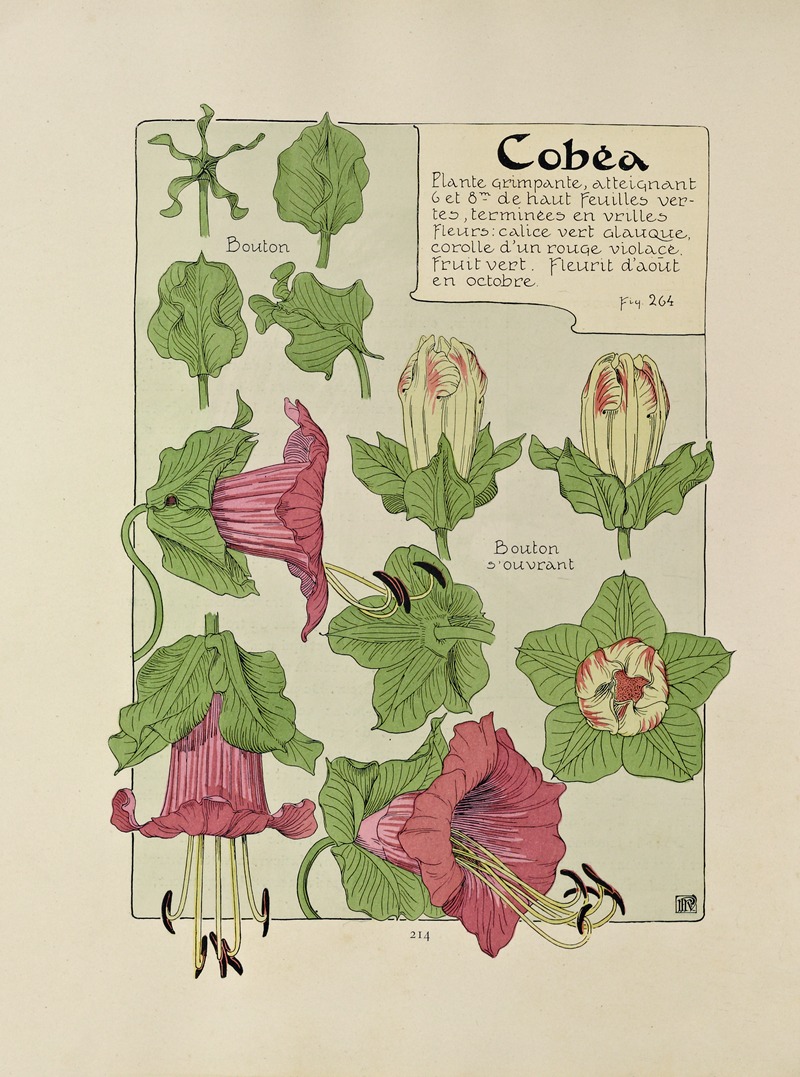
Cobea
A hand-painted replica of Maurice Pillard Verneuil’s masterpiece Cobea, meticulously crafted by professional artists to capture the true essence of the original. Each piece is created with museum-quality canvas and rare mineral pigments, carefully painted by experienced artists with delicate brushstrokes and rich, layered colors to perfectly recreate the texture of the original artwork. Unlike machine-printed reproductions, this hand-painted version brings the painting to life, infused with the artist’s emotions and skill in every stroke. Whether for personal collection or home decoration, it instantly elevates the artistic atmosphere of any space.
Maurice Pillard Verneuil was a prominent French artist and designer known for his contributions to the Art Nouveau movement. Born in 1869, Verneuil's work was characterized by its intricate patterns, vibrant colors, and the incorporation of natural elements, which were hallmarks of the Art Nouveau style. His artistic endeavors spanned various mediums, including graphic design, interior decoration, and ceramics.
One of Verneuil's notable works is "Cobea," a piece that exemplifies his mastery in blending natural forms with decorative art. The title "Cobea" likely refers to the Cobaea plant, known for its climbing nature and bell-shaped flowers, which were popular motifs in Art Nouveau designs. Verneuil's depiction of natural subjects was not merely representational but also highly stylized, emphasizing the organic forms and flowing lines that were central to the movement.
Verneuil's approach to design was heavily influenced by his study of Japanese art, which was gaining popularity in Europe during the late 19th and early 20th centuries. The Japanese influence is evident in the simplicity and elegance of his compositions, as well as in the use of asymmetry and flat areas of color. These elements can be seen in "Cobea," where the natural forms are rendered with a sense of harmony and balance, yet with a dynamic quality that captures the viewer's attention.
Throughout his career, Verneuil collaborated with other artists and designers, contributing to various publications that disseminated the Art Nouveau style. His work was featured in influential periodicals such as "L'Art décoratif" and "Les Maîtres de l'Affiche," which helped to popularize the movement across Europe and beyond. Verneuil's designs were not limited to illustrations; he also created textiles, wallpapers, and ceramics, applying his distinctive style to a wide range of decorative arts.
In addition to his artistic output, Verneuil was also an educator and author. He published several books on design and ornamentation, sharing his knowledge and passion for the decorative arts with a broader audience. His publications often included detailed illustrations and analyses of various styles, serving as valuable resources for both contemporary artists and future generations.
Verneuil's work, including "Cobea," remains an important part of the Art Nouveau legacy. His ability to transform natural forms into decorative art continues to inspire artists and designers today. The elegance and sophistication of his designs reflect a deep appreciation for the beauty of the natural world, as well as a commitment to the principles of the Art Nouveau movement.
While specific details about the creation and exhibition history of "Cobea" may not be extensively documented, the piece stands as a testament to Verneuil's skill and creativity. His contributions to the decorative arts have left a lasting impact, and his works are celebrated for their artistic merit and historical significance. Maurice Pillard Verneuil's legacy as a key figure in the Art Nouveau movement endures, with "Cobea" representing just one example of his remarkable artistic vision.





